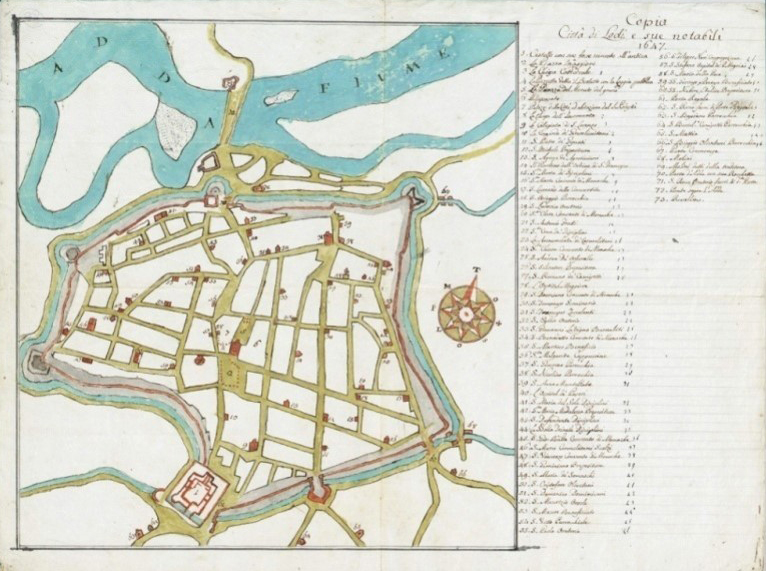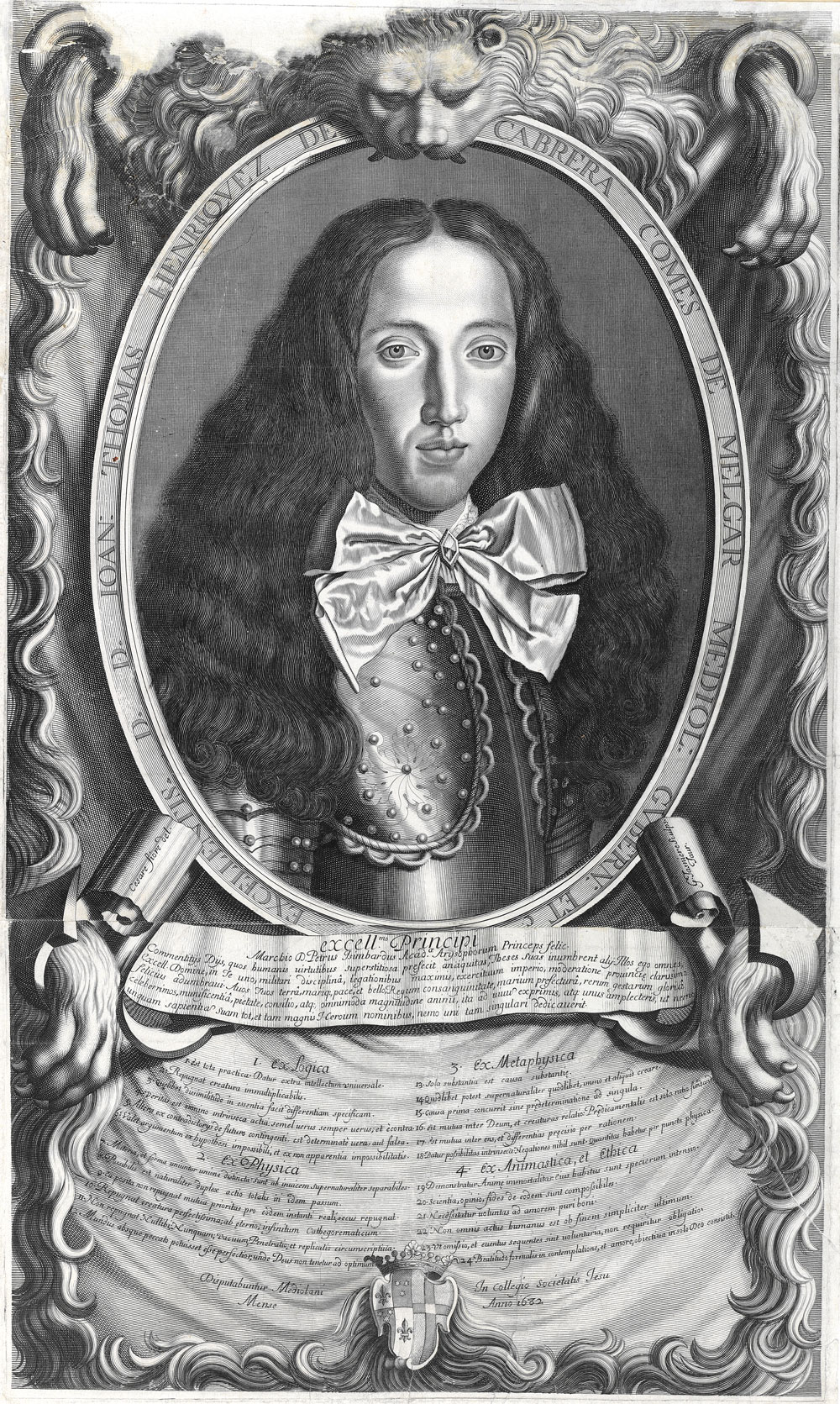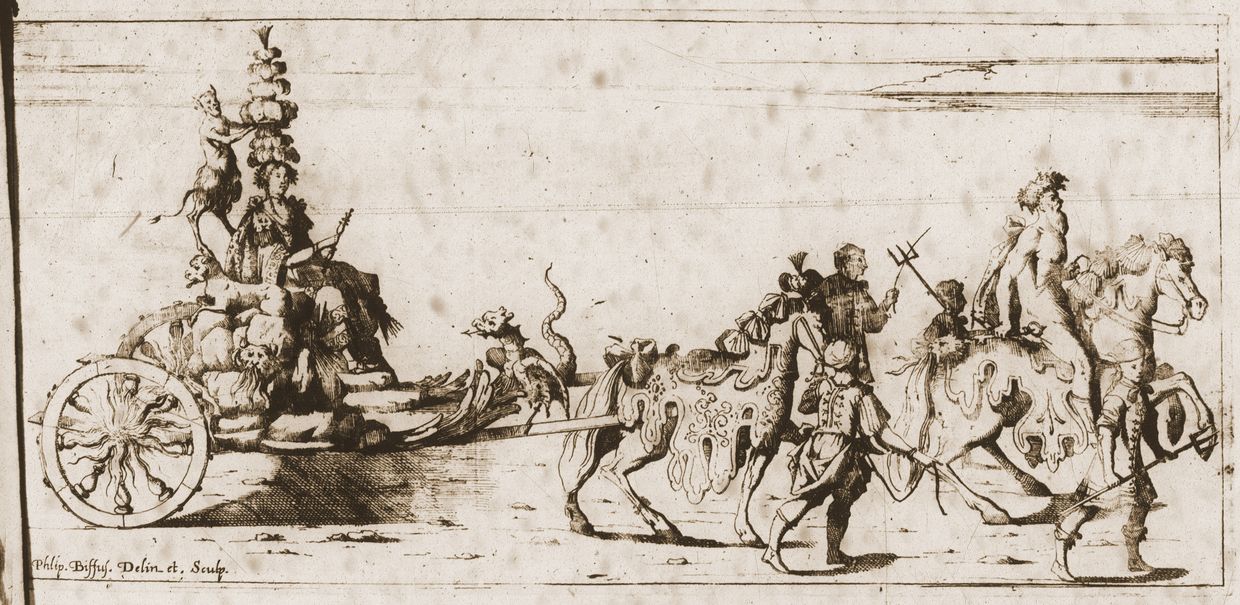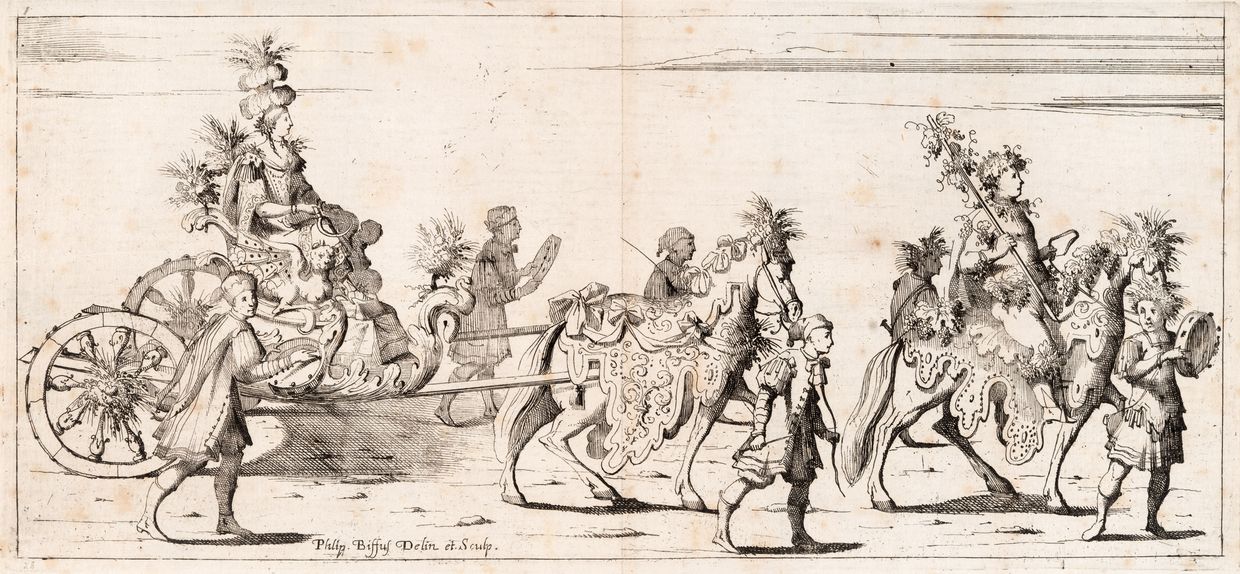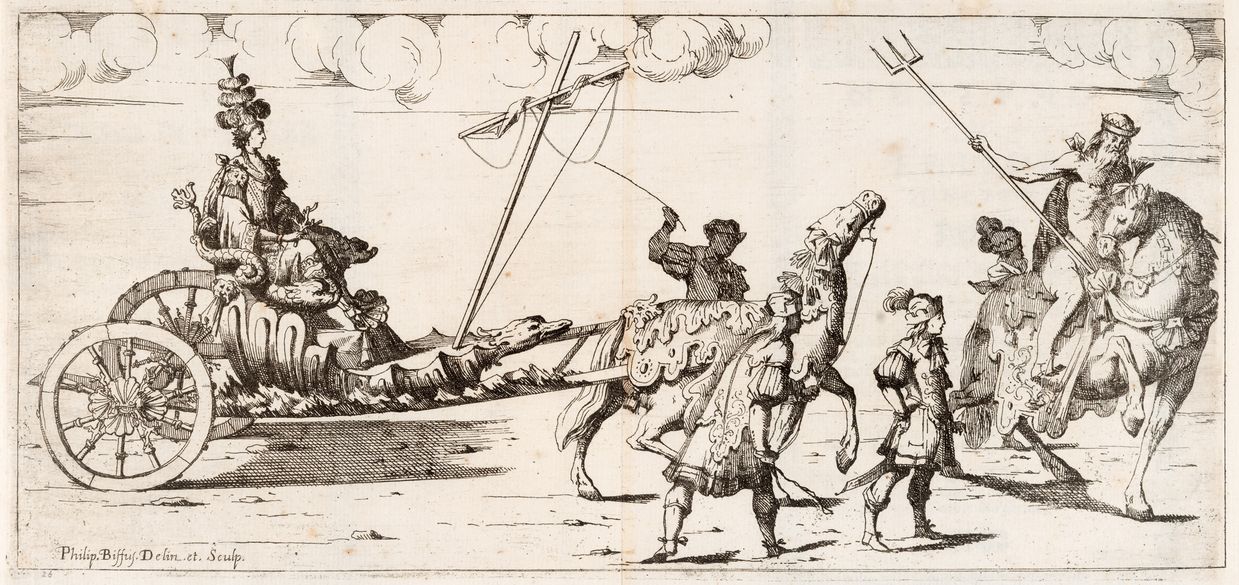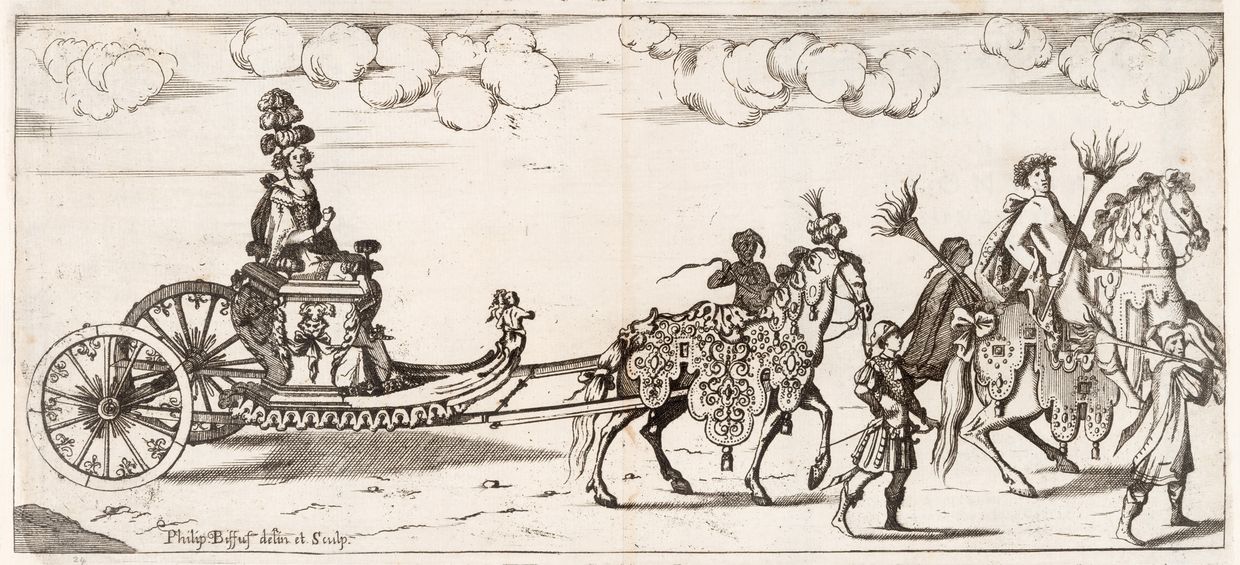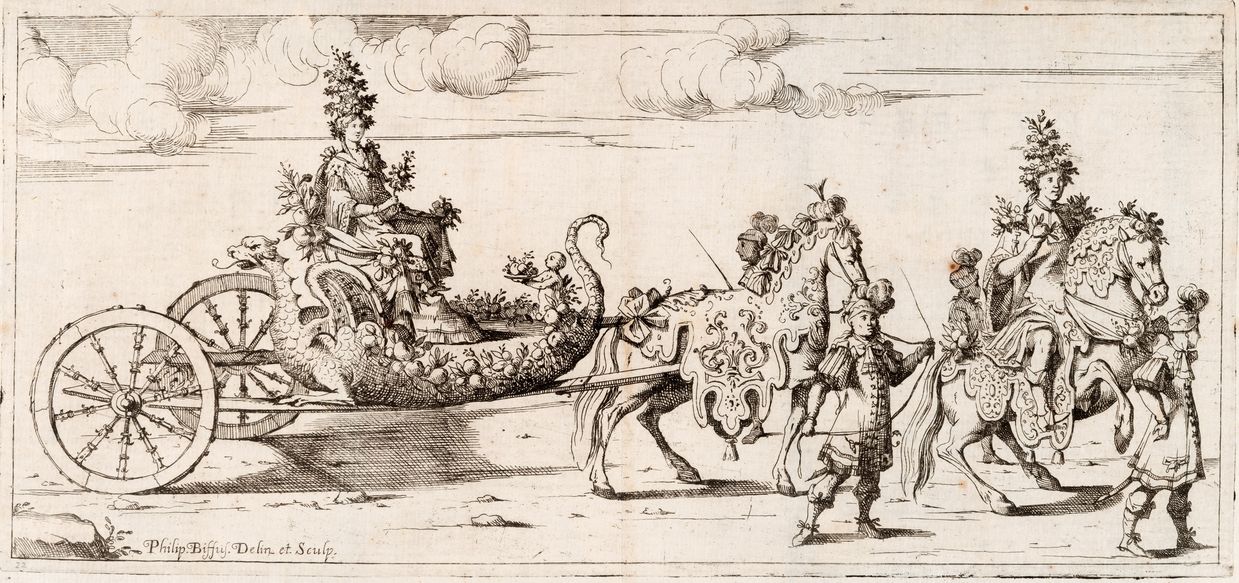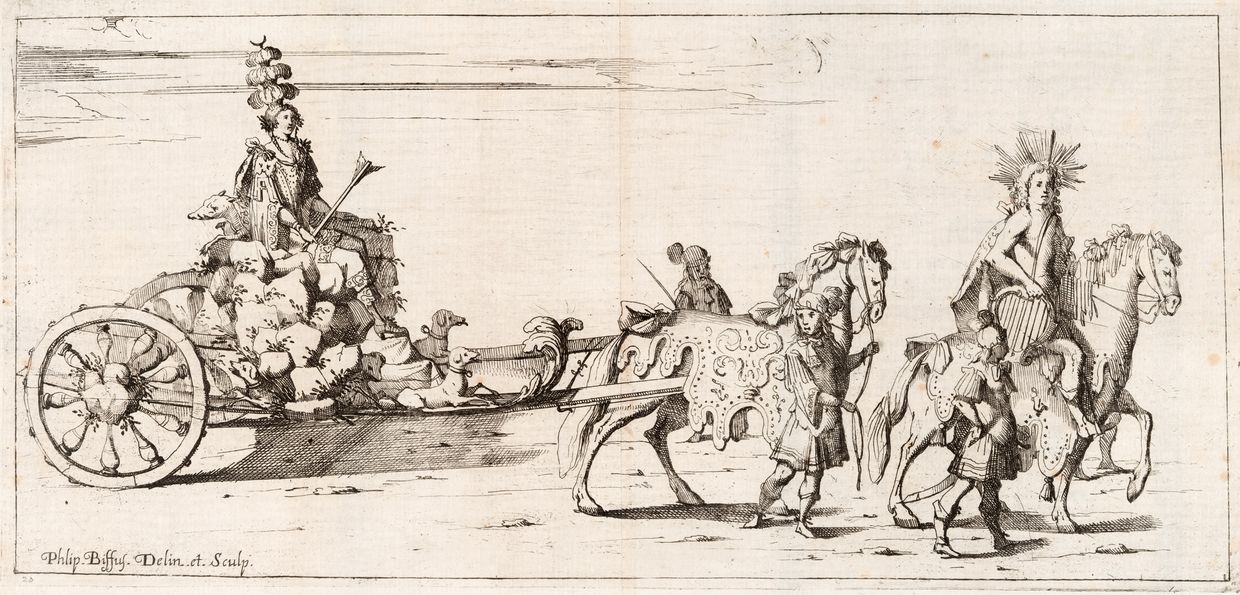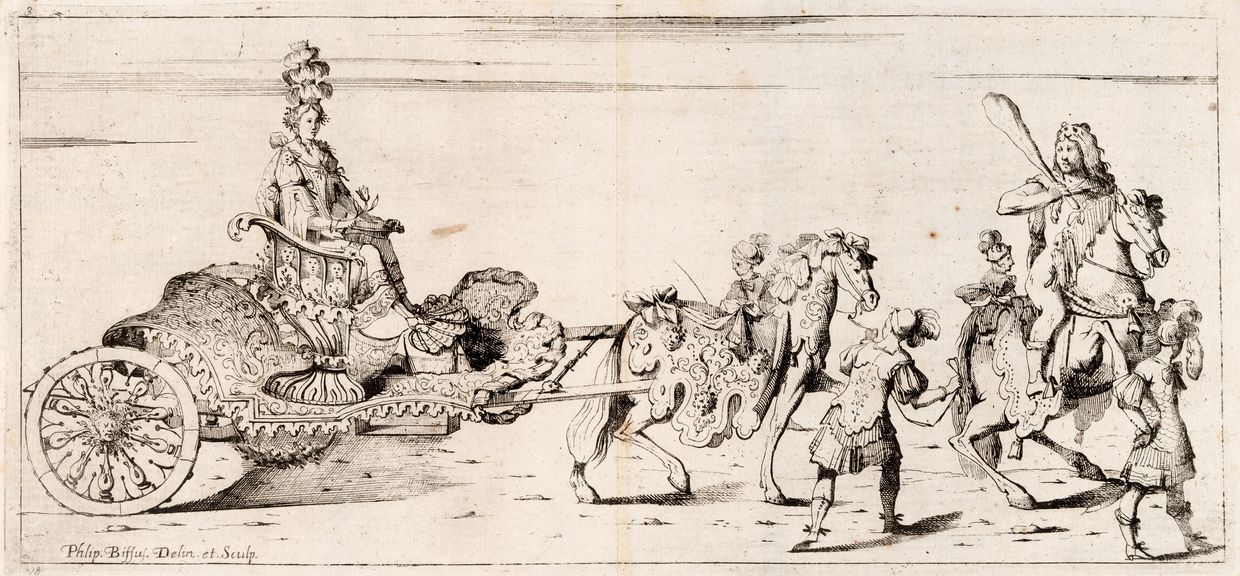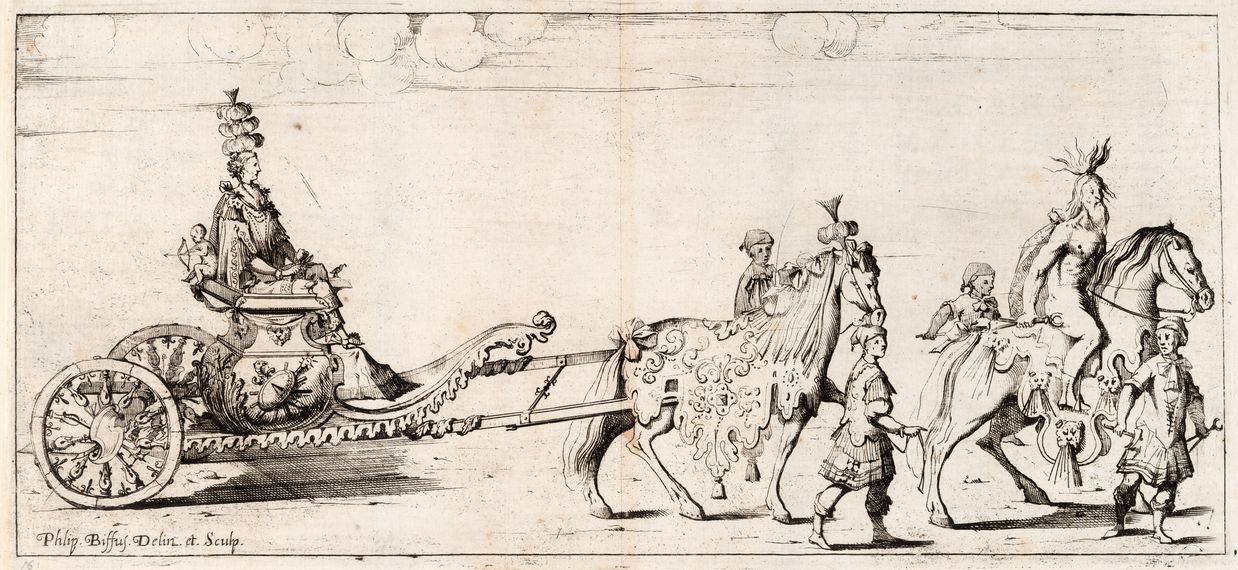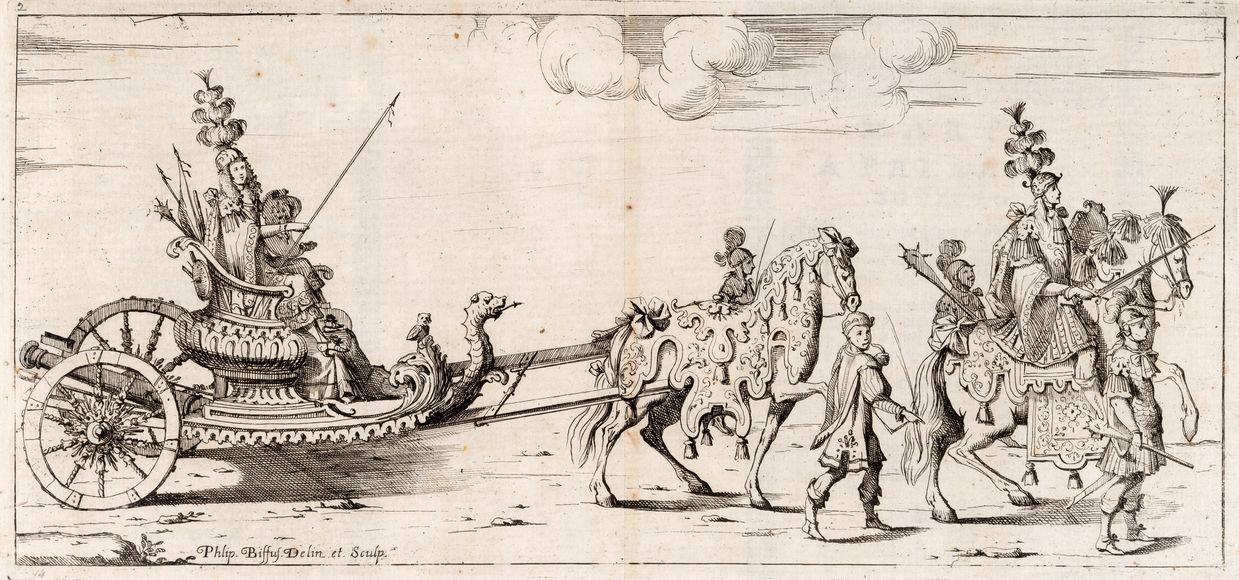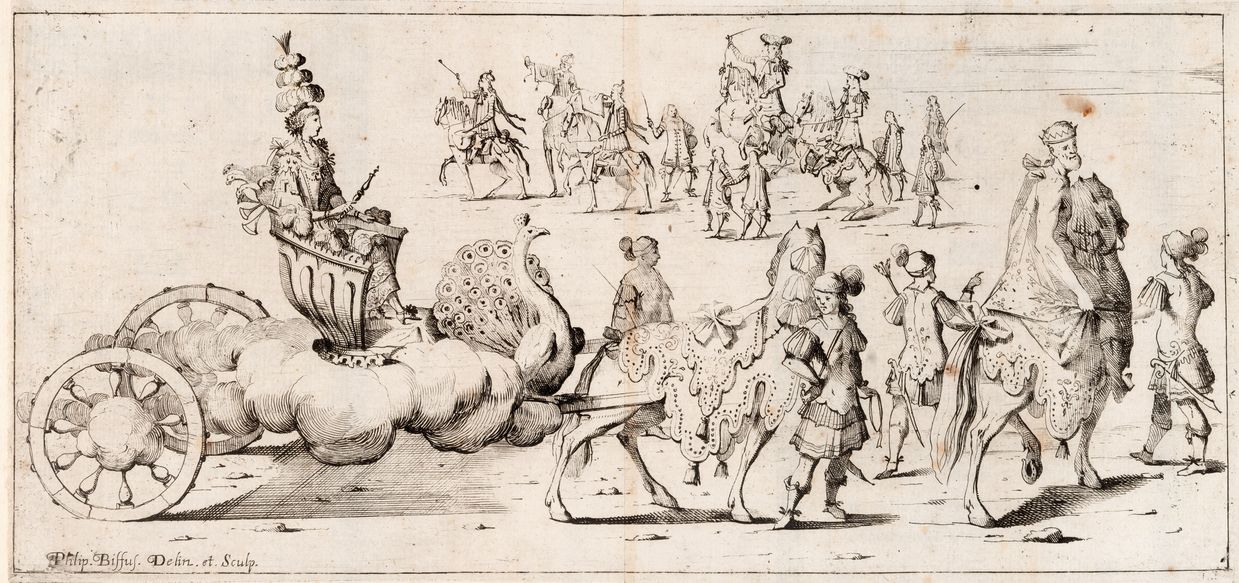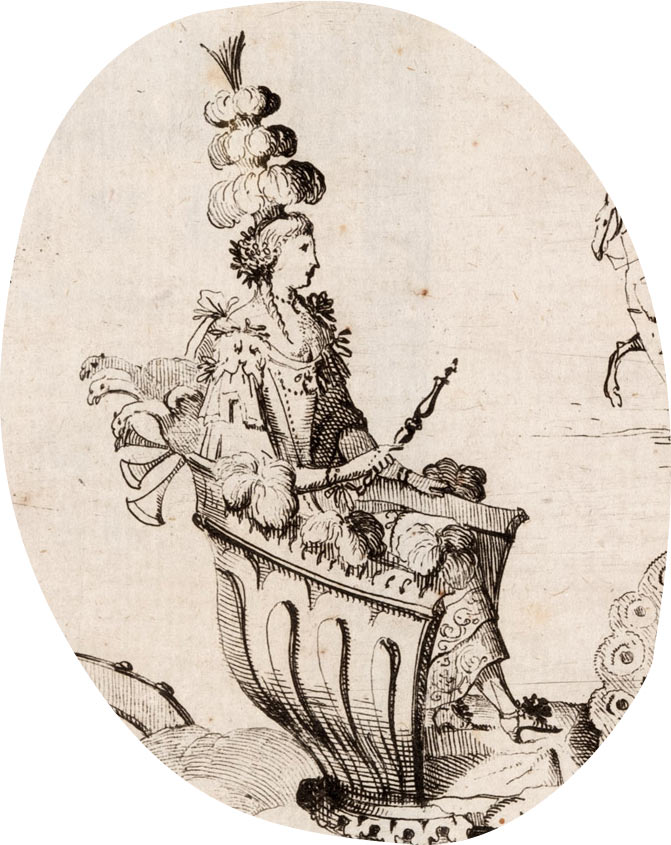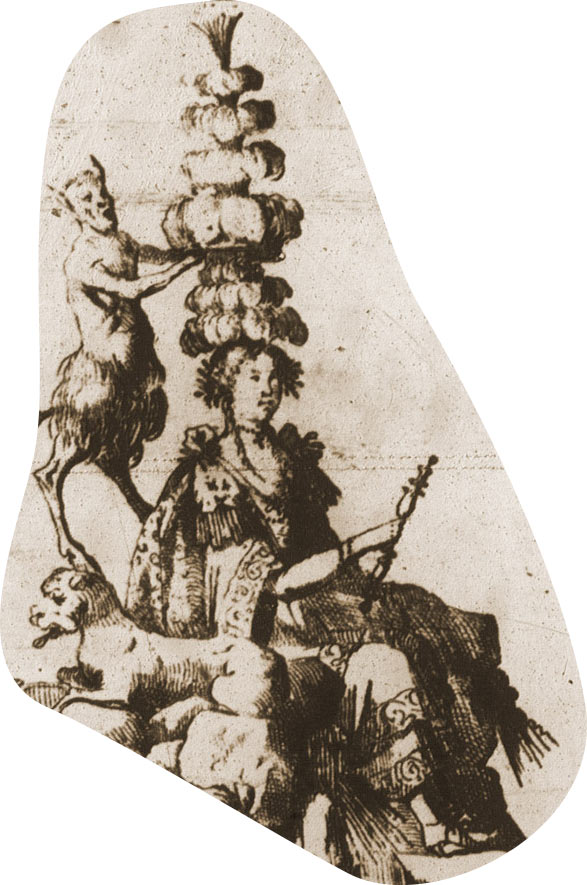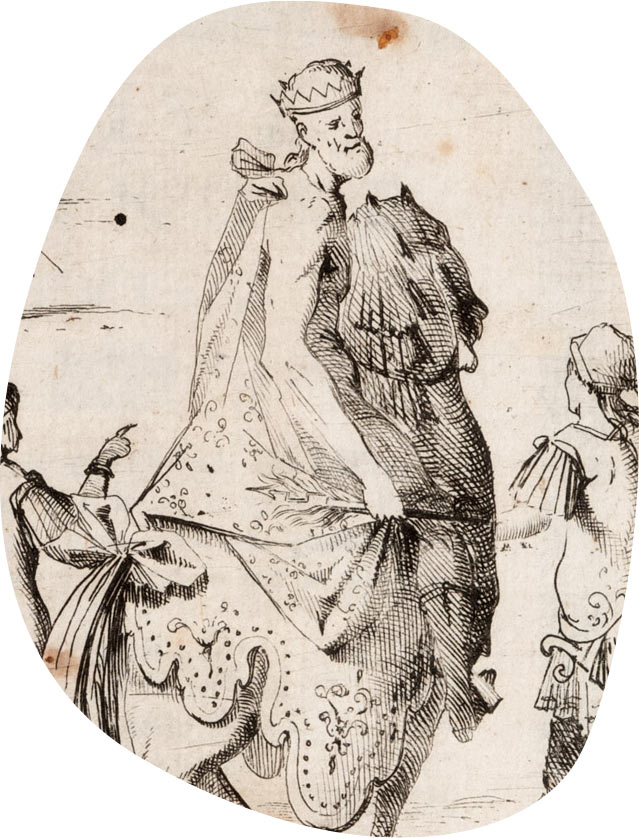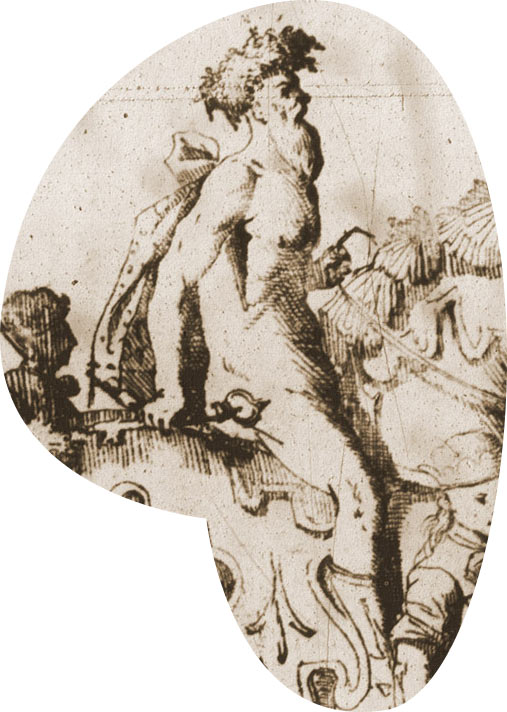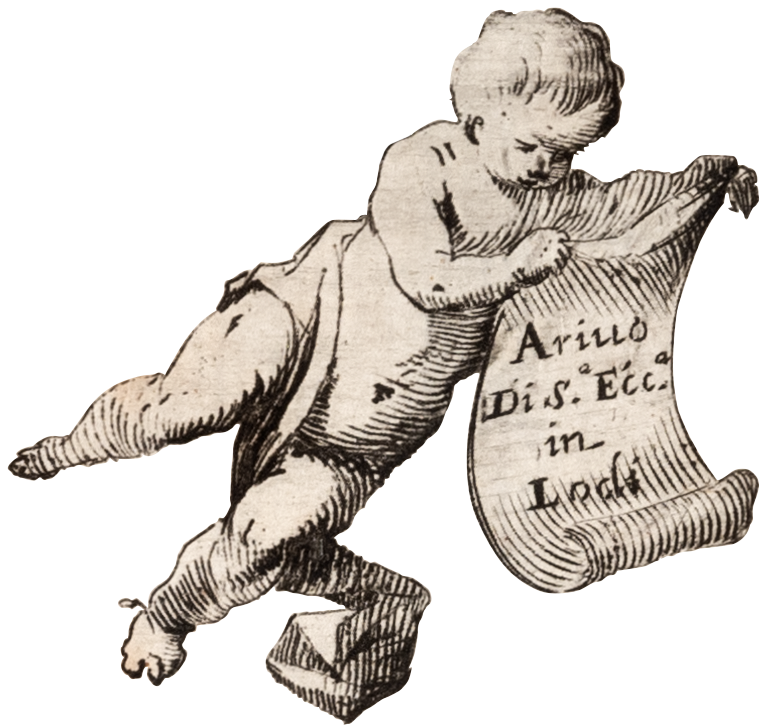
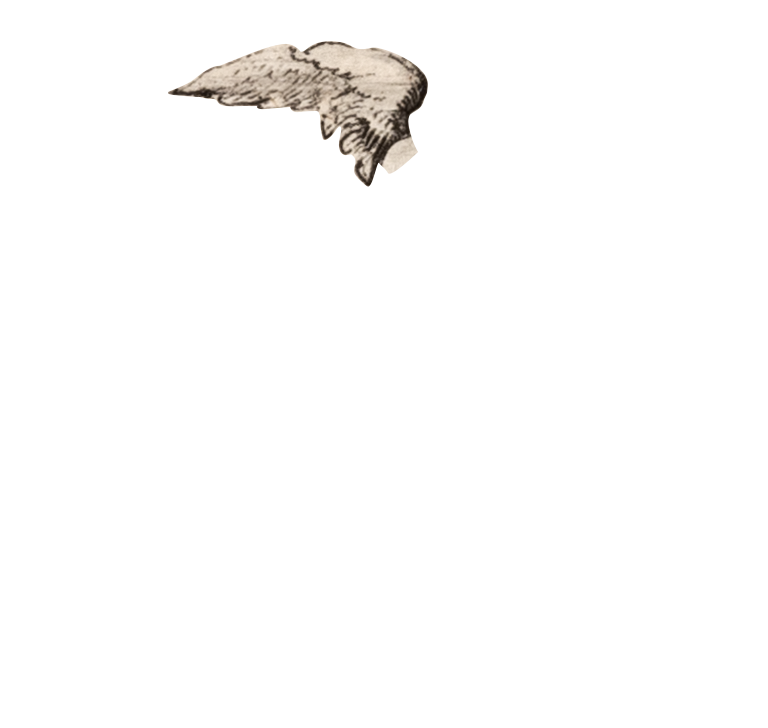
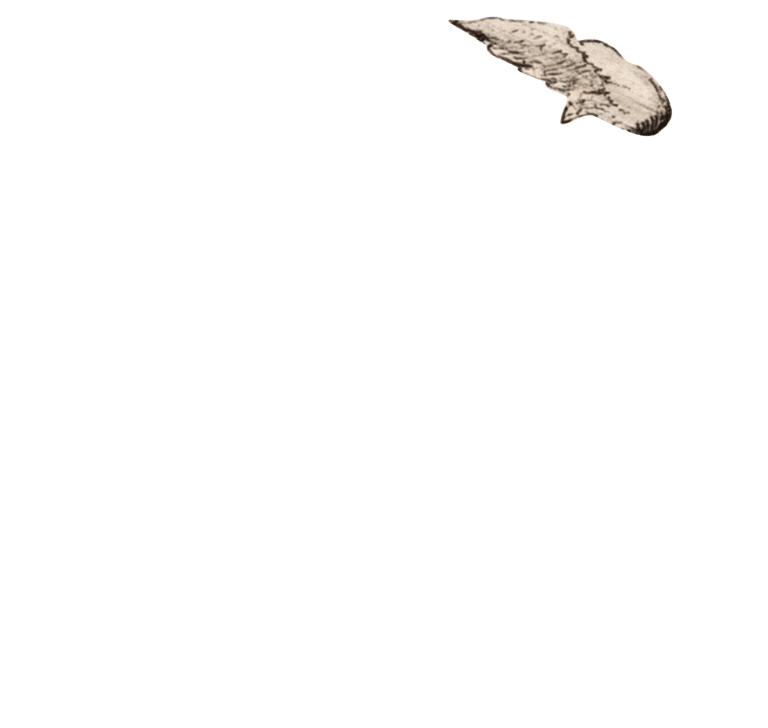
The "Look" of the Gods: Court Dress and Fashion in a Masquerade
Isabel María Alba Nieva
The Masquerade at Lodi, Lombardy on February 26, 1680 was a demonstration of jubilation to mark the marriage of the Spanish monarch, Charles II, to María Luisa de Orleans, during the visit of the Count of Melgar and his wife, Ana Catalina de la Cerda.
This engraving shows a view of the city of Lodi, with the procession in the foreground.
The Site of the Masquerade
The city of Lodi belonged to the Duchy of Milan. The Duchy was under Spanish rule from the early 16th century to the beginning of the 18th century. The Spanish aristocrats who governed the territories of the Spanish monarchy were accompanied by a retinue that was granted a level of ceremonial pomp appropriate to their status. Such ceremonies were adapted to the existing customs of each territory.
The Hosts: The Count of Melgar and his Wife
Juan Tomás Enríquez de Cabrera y Toledo (1646–1705), Count of Melgar and 7th Duke of Medina de Rioseco and his wife, Ana Catalina de la Cerda Aragón (1663–1698), daughter of the 7th Duke of Medinaceli, hosted the masquerade held in Lodi.
The count was appointed Governor of Milan in 1678. During his tenure, he made improvements to the administration and promoted economic reforms. He invested in fortifications and reorganized Lombardy’s state troops. The aid he sent to Genoa during the French attack of 1684 was highly praised. His Milanese period of office, from 1678 to 1686, provided him with growing prestige.
Find out more: http://dbe.rah.es/biografias/15659/juan-tomas-enriquez-de-cabrera-toledo-y-sandoval
Ten pairs of gods and goddesses made up the Masquerade, which was an allegory of marriage, symbolizing the union and fertility of this sacrament.


Each pair was led by the figure of a god on horseback, sumptuously adorned. Behind him, the goddess was mounted in a horse-drawn carriage accompanied by four lackeys characterized by their fancy dress.
Move your cursor over the gods and goddesses to find out more
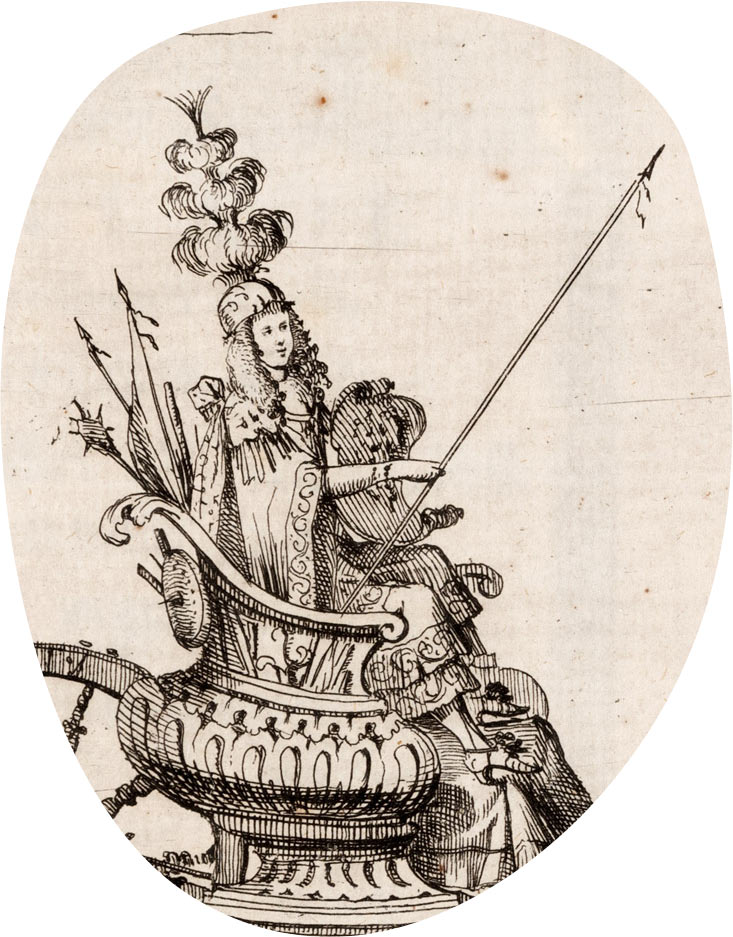
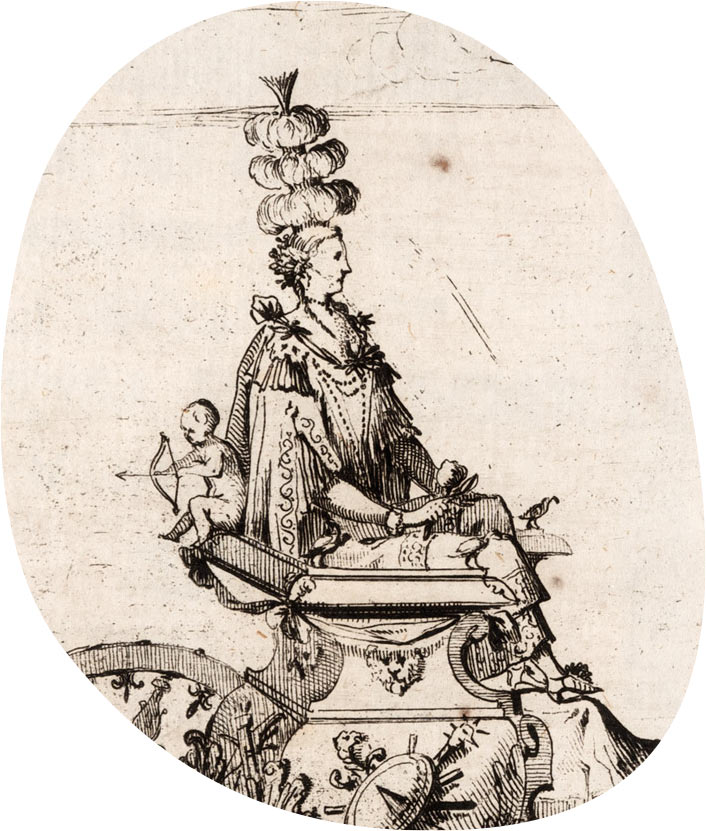
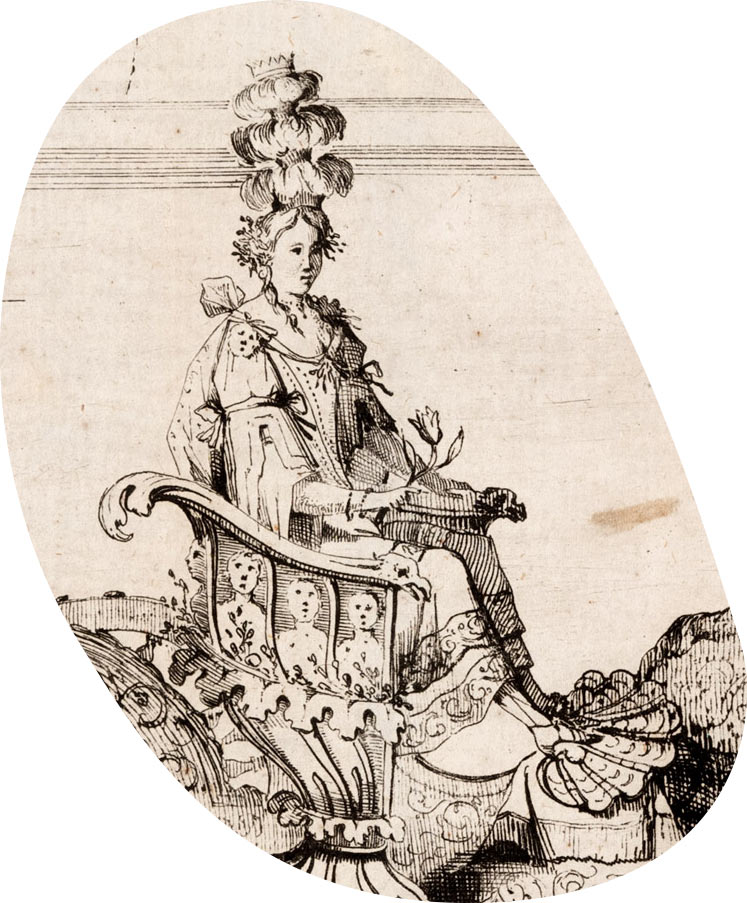
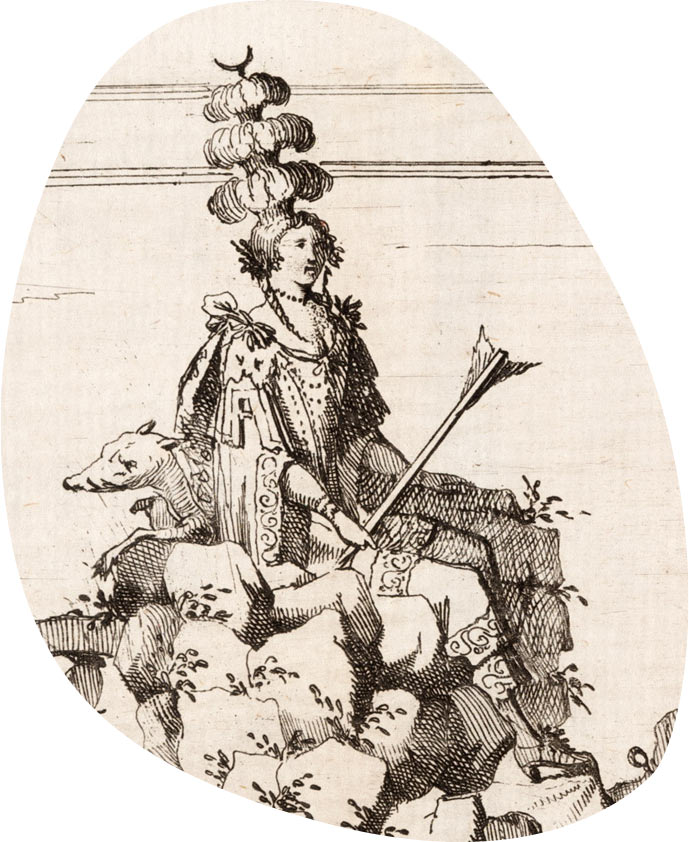
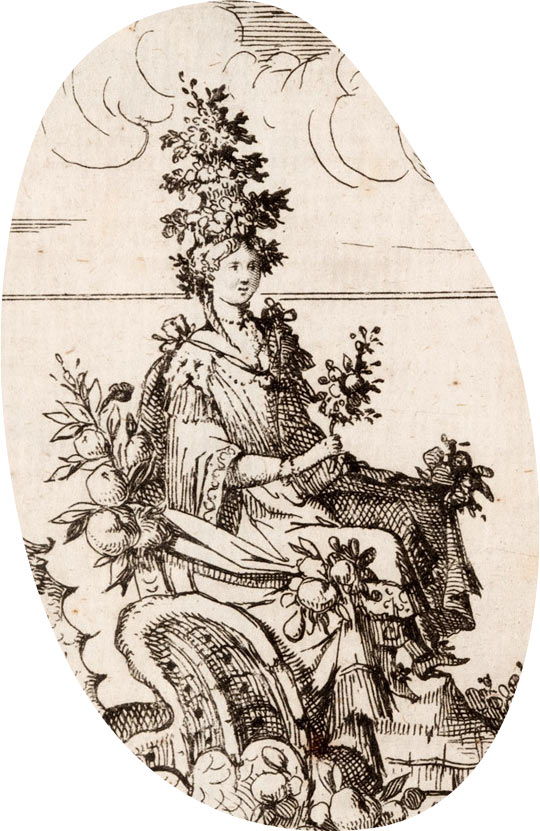
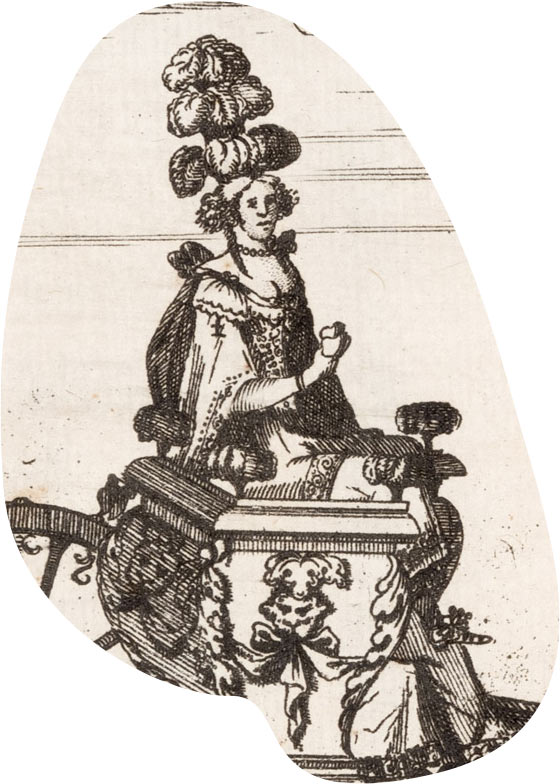
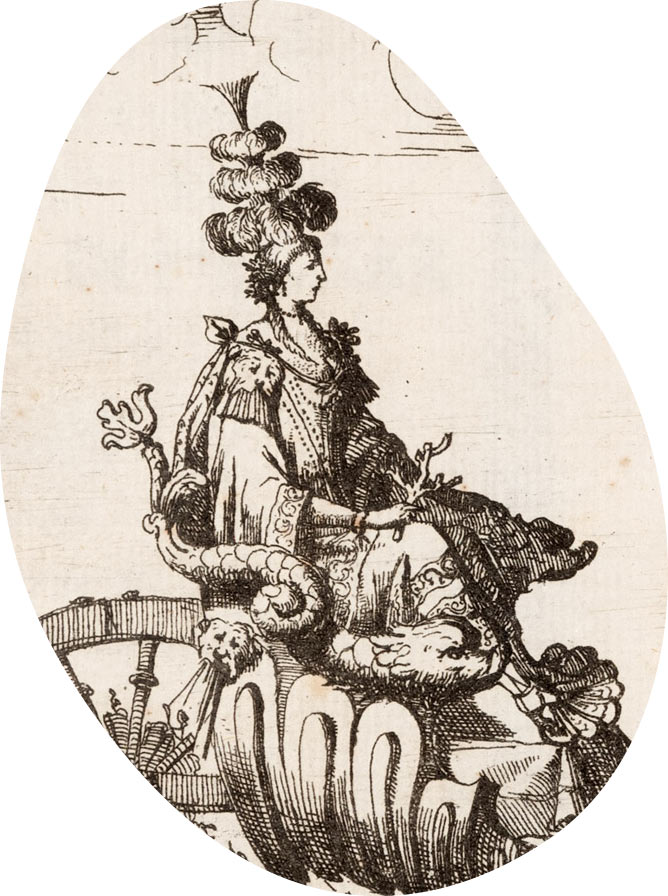
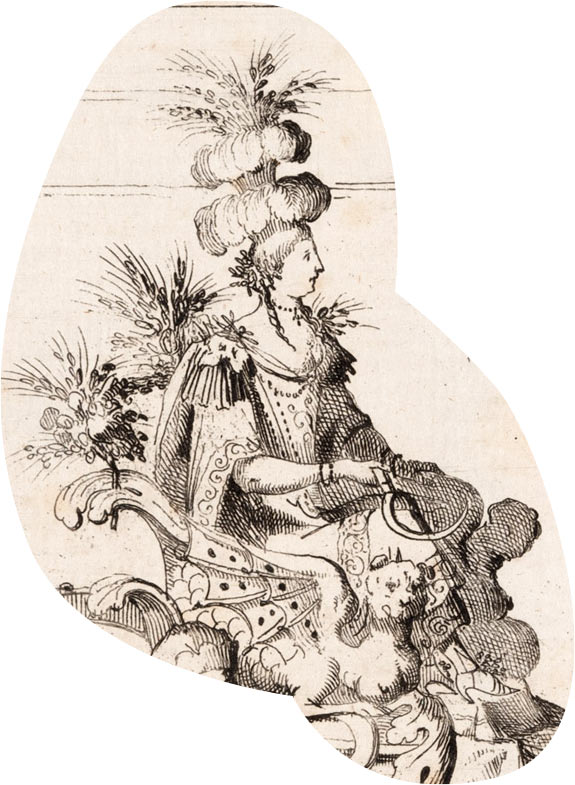
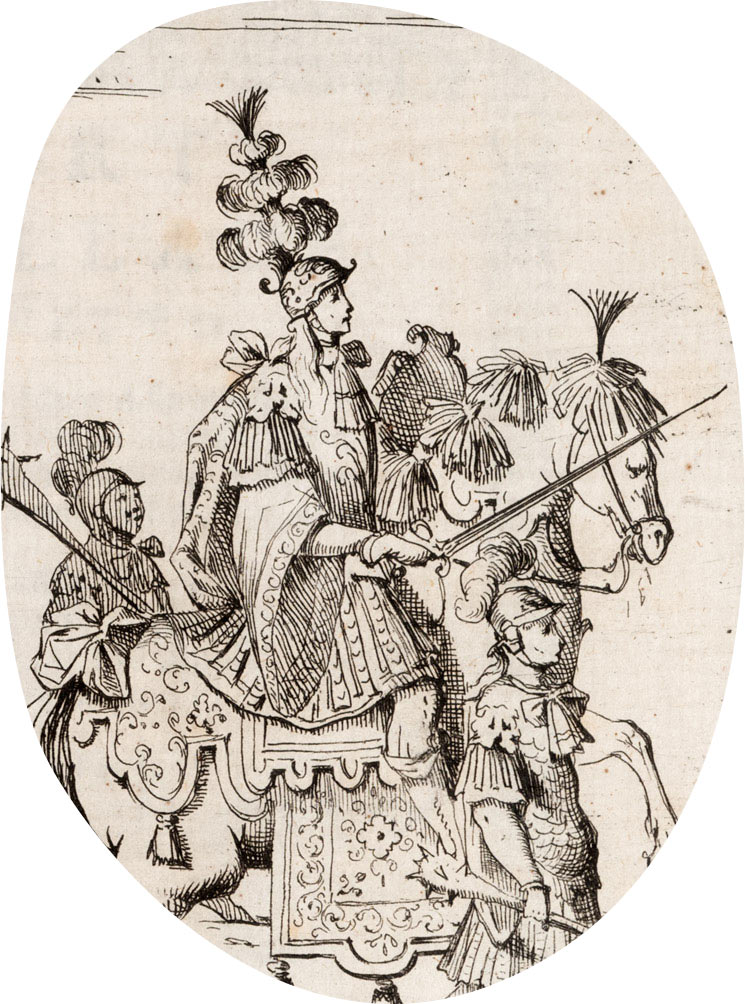
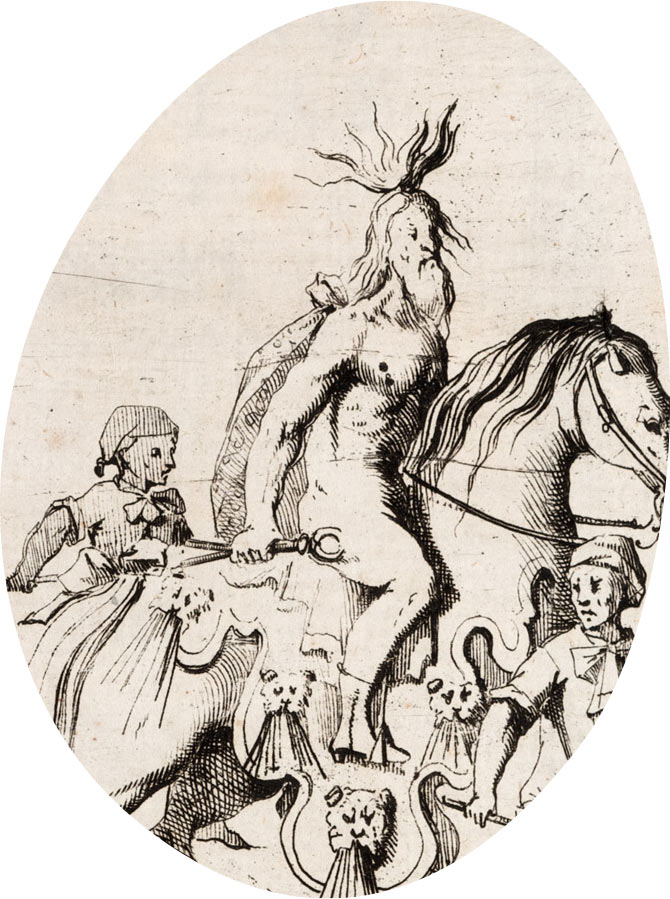
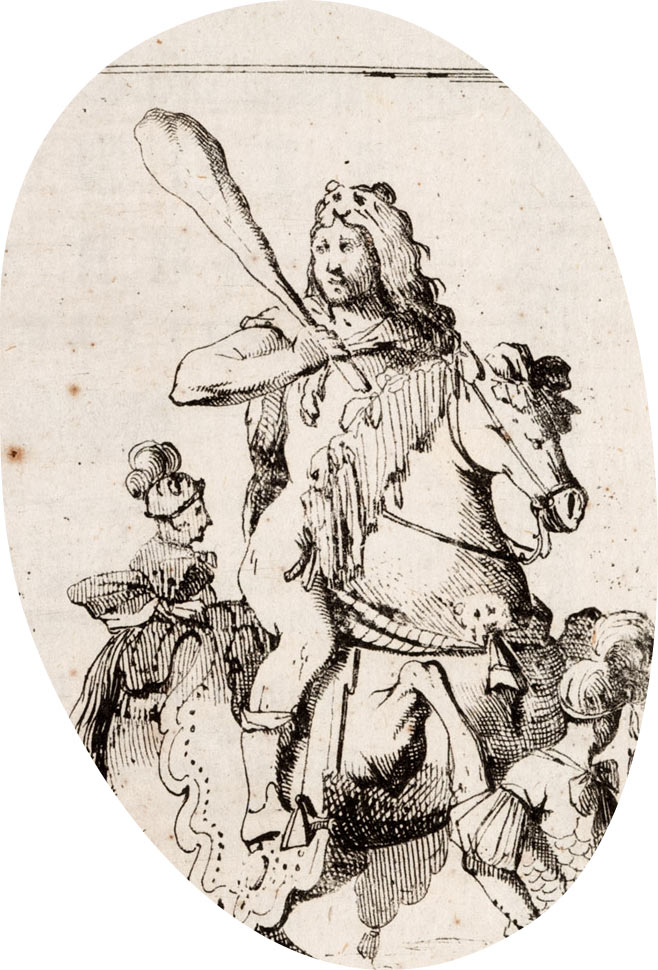
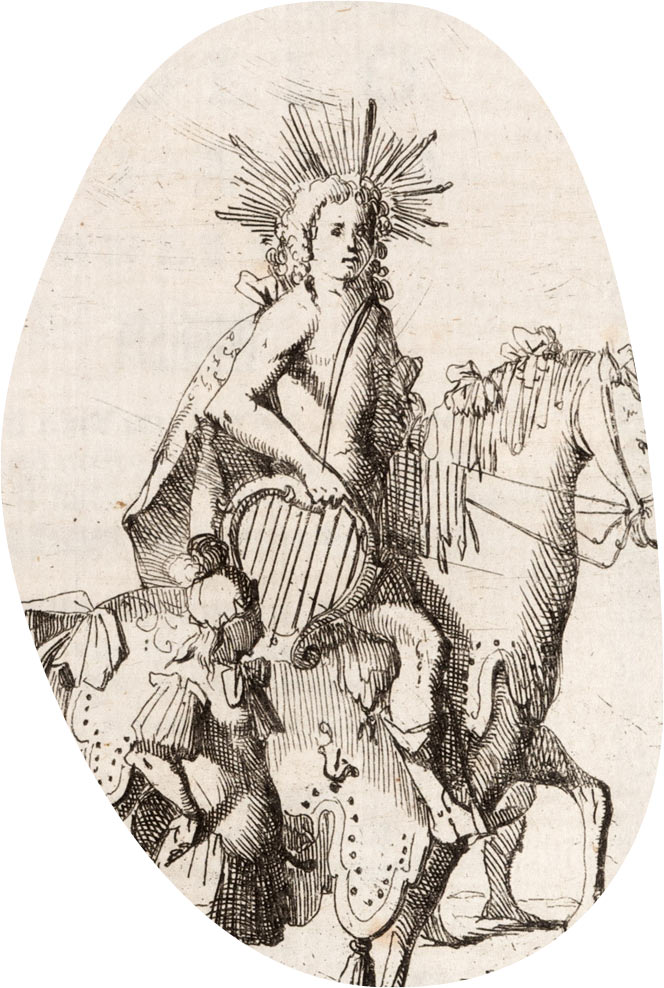
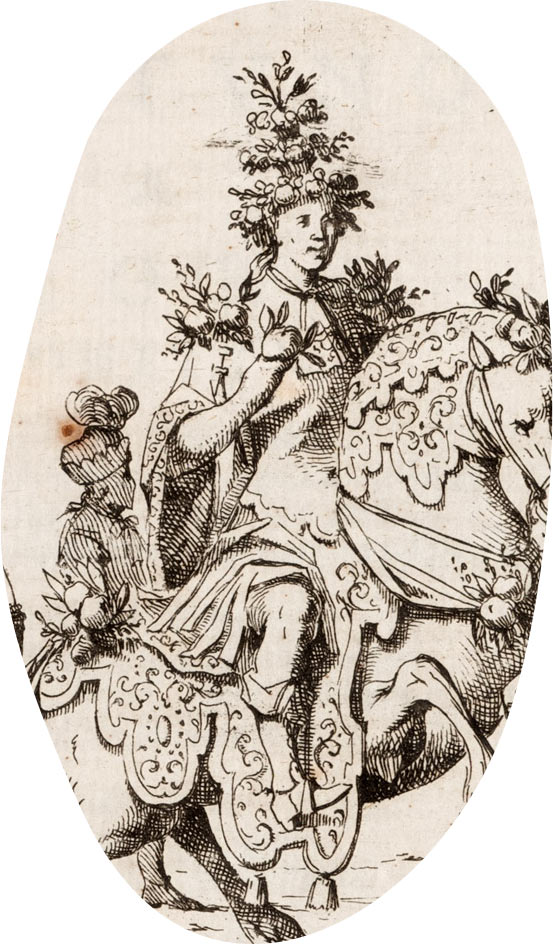
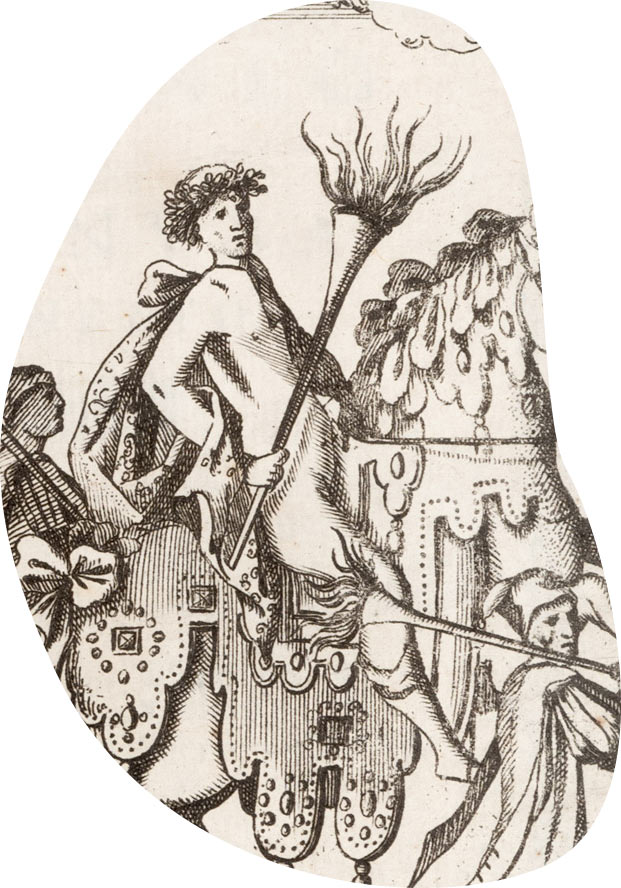
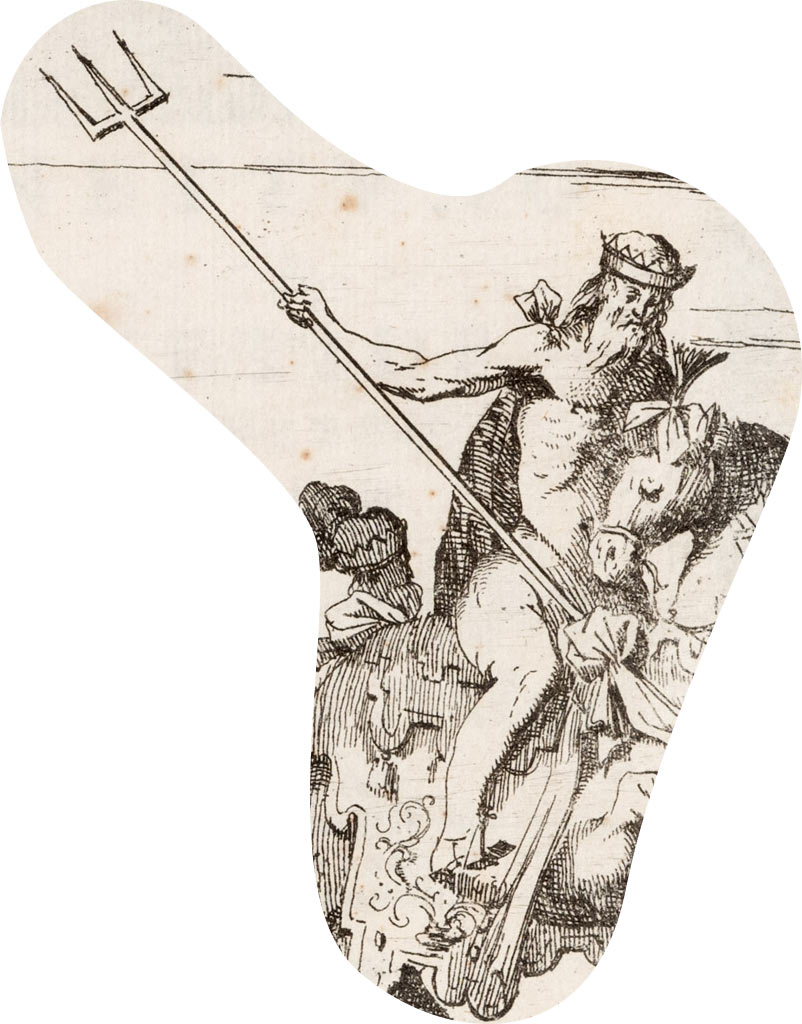
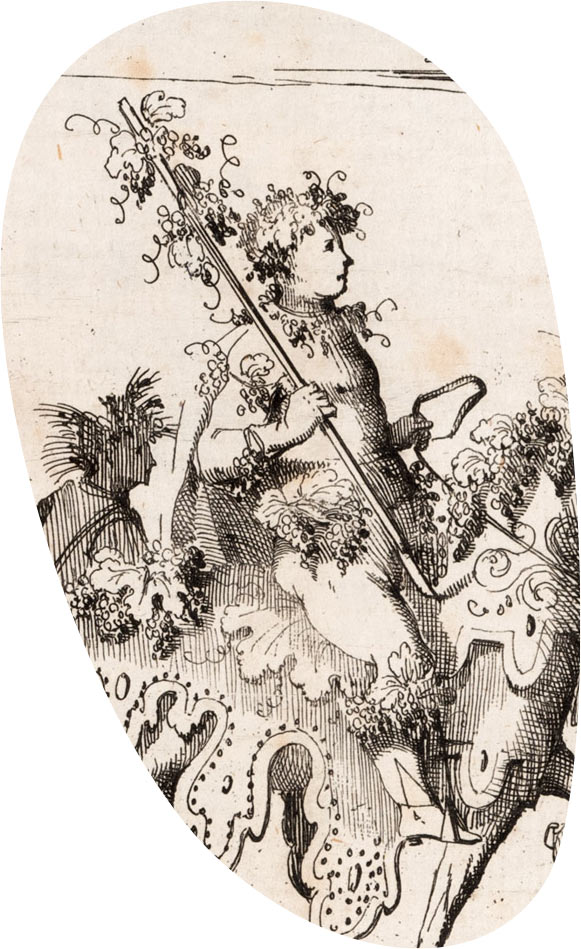
Primary source
Filippo Biffi, Dissegno della Mascherata fatta in Lodi il Carnevale dell’anno corrente 1680. Milan, Stampe dell'Agnelli, 1680
Bibliography
- Aby Warburg, El renacimiento del paganismo. Madrid, Alianza, 2005
- Alicia Álvarez Sellers, Del texto a la iconografía. Aproximación al documento teatral del siglo XVII. Valencia, Universidad de Valencia, 2008
- Bruna Niccoli, “Official dress and courtly fashion in Genoese entries”, in: J. R. Mulryne, Helen Watanabe-O’Kelly and Margaret Shewring (eds.), Europe Triumphans. Court and Civic Festivals in Early Modern Europe, vol. I. Cambridge, MHRA, 2004
- Giovanni Boccaccio, Genealogía de los dioses paganos. Madrid, Editora Nacional, 1983
- I. Aghion, C. Barbillo, F. Lissarrague, Guía iconográfica de los dioses y héroes de la Antigüedad. Madrid, Alianza, 1997
- James Laver, Costume in the theatre. London, George G. Harrap, 1964
- Jean Seznec, Los dioses de la antigüedad en la Edad Media y el Renacimiento. Madrid, Taurus, 1987
- José Luis Colomer, Amalia Descalzo (dirs.), Vestir a la española en las cortes europeas (siglos XVI y XVII), vols. I & II. Madrid, CEEH, 2014
- Julia Benavent, “Las representaciones teatrales ofrecidas a la llegada de Lucrecia a Ferrara”, in: Irene Romera & Josep Lluis Sirera (eds.), La mujer: de los bastidores al proscenio en le teatro del siglo XVI. Valencia, Universidad de Valencia, 2011
- Marcelo Luzzi Traficante, “Memoria y Corte en la España de Carlos II”, in: Tiempos Modernos, vol. 8, nº 31, 2015, pp. 423-443
- María Luisa Tobar, “Bodas de Carlos II y Maria Luisa de Orleans: las tres jornadas burgalesas de la fiesta”, in: Francisco Domínguez Matito & María Luisa Lobato (eds.), Memoria de la palabra: actas del VI Congreso de la Asociación Internacional Siglo de Oro, vol. 2. Madrid, Iberoamericana-Vervuert, 2004, pp. 1749-1762
- Miguel Herrero, Los tejidos en la España de los Austrias. Madrid, CEEH, 2014
- N. D. Shergold, J. E. Varey, Representaciones palaciegas: 1603-1699. Estudio y documentos. London, Támesis, 1982
- Paola Venturelli, Vestire e apparire. Il sistema vestimentario femminile nella Milano spagnola (1539-1679). Rome, Bulzoni, 1999
- Rudi Risatti, “Es erschien »Ihre kayserliche Majestät Selbsten«. Über den habit à la romaine und die Inszenierung des Selbst”, in: Andrea Sommer-Mathis, Daniela Franke and Rudi Risatti, Spettacolo barocco! Triumph des Theaters (Exhibition Catalogue: Theatermuseum). Vienna, 2016
- Rudi Risatti, Die Maske und ihre Doppelung. Verkörperte Allegorien in einer frühneuzeitlichen Festzugdarstellung des Theatermuseums Wien, in: Mark Hengerer – Marie-Thérèse Mourey (ed.), Der Körper in der frühen Neuzeit. Praktiken – Rituale – Performanz, Wolfenbüttel 2022 (forthcoming).
Digital resources
- Genealogical tree of the dukedom of Medina de Rioseco: http://hemerotecadigital.bne.es/issue.vm?id=0026673871&page=8&search=arbol+genealogico+del+ducado+de+medina+de+rioseco&lang=es
- Enrique Oromendía, La representación iconográfica en los Intermedios de La Pellegrina: http://www.academia.edu/29527243/La_representaci%C3%B3n_iconogr%C3%A1fica_en_los_Intermedios_de_La_Pellegrina
- Miguel Martínez Albero, “La imagen de la monarquía: moda, espectáculos y política. María Teresa y Margarita Teresa de Austria en busca de un Nuevo Olimpo”, in: Anales de Historia del Arte vol. 26, 2016, pp. 103-139: http://dx.doi.org/10.5209/ANHA.54050
- Vincenzo Cartari, Le imagini degli Dei degli Antichi: https://archive.org/details/leimaginideidegl01cart/page/n3.
Title: The “Look” of the Gods: Court Dress and Fashion in a Masquerade
Author: Isabel María Alba Nieva (Universidad de Málaga)
Web Design: Kunsthistorisches Museum – Visual Media, Vienna
English Translation: Hilary Macartney (University of Glasgow) with Alberto Lanzat (Málaga, Official School of Languages) and Alexander McCargar (Yale University). Specialist advice: Lesley Miller (V&A Museum/ University of Glasgow)
Photographic Sources: University of Glasgow Library, Archives & Special Collections, Stirling Maxwell Collection, Biblioteca Nacional de España (Madrid), Archivo Histórico de Lodi (Lombardy), Kunsthistorisches Museum (Vienna), Biblioteca Apostolica Vaticana.
